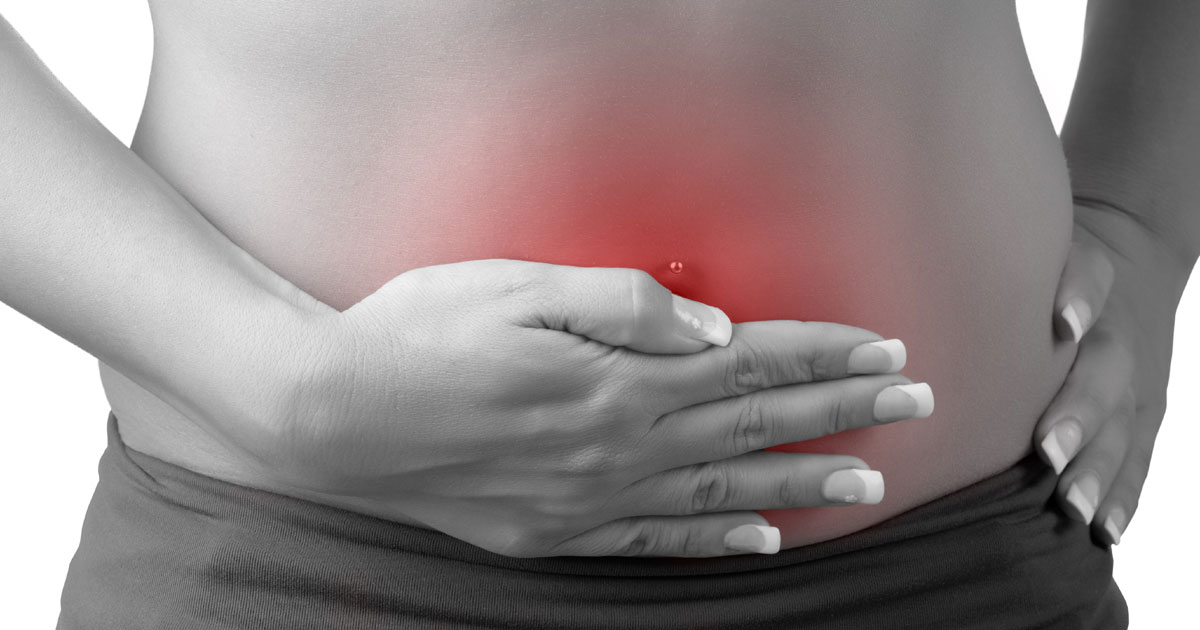Serious Warning Signs Of Thalassemia
Thalassemia is a hereditary blood disorder where the body does not make enough hemoglobin or protein that binds with and carries oxygen throughout the body. Without enough hemoglobin, red blood cells have a shorter lifespan and cannot properly oxygenate the body's cells. The body cannot produce hemoglobin without both of its components called alpha and beta. When an individual doesn't have enough beta, they have beta thalassemia, and when they don't have enough alpha, they have alpha thalassemia. This disorder is inherited from an individual's parents. Four genes in an individual's DNA make up the alpha hemoglobin chain, and two make up the beta hemoglobin chain. The severity of a patient's thalassemia depends on how many of these genes are mutated. Treatment for thalassemia includes regular blood transfusions and taking medication that helps with the elimination of excess iron, and in select cases, a stem cell transplant may be an option. Several warning signs may indicate thalassemia. Get to know them now.
Pale Or Yellow Skin

Pale or yellow skin, the latter of which is known as jaundice, can be a warning sign of thalassemia. Jaundice is a result of an elevated amount of bilirubin in the blood. The hemoglobin in red blood cells of healthy individuals is broken down into bilirubin upon cellular death. Bilirubin then moves to the liver where it is concentrated and altered so it can be used for digestion in the small intestine. Most of it is then discarded through feces and urine. Individuals with this condition have an increased rate of red blood cell death because their red blood cells die quicker without enough hemoglobin. This malfunction results in increased production of bilirubin that overwhelms the liver, gallbladder, and the blood. Once it reaches high levels in the blood, the yellow pigment of bilirubin reflects as a yellow tint in the skin. Pale skin can indicate thalassemia because of the way light reflects through the skin off of the dark red of poorly oxygenated blood. Because there is not enough hemoglobin to bind to oxygen in the individual's blood, it has a poor oxygen concentration that causes their skin to appear grey, blue, or pale.
Get more details on the symptoms of thalassemia now.
Abdominal Swelling

Abdominal swelling may manifest as a symptom of thalassemia due to a couple of mechanisms. The spleen, an organ located in the abdomen, has various functions, including breakdown and removal of hemoglobin components in dead, damaged, and worn out red blood cells. The hemoglobin components are sent to the liver to be re-used. However, this healthy process does not occur in thalassemia patients. Instead, the inadequate production of hemoglobin means most iron in the spleen is not recycled because there is not enough hemoglobin being produced to need it. This mechanism results in a physical buildup of iron and other unused red blood cell components in the spleen. In addition, several organs such as the liver, lymph nodes, and spleen are responsible for producing different types of blood cells in addition to those produced by bone marrow. Because the bone marrow is not able to produce enough functioning red blood cells to keep up with their high turnover rate, these other organs attempt to compensate with an increase in their production of blood cells. This mechanism results in the liver, gallbladder, and spleen becoming enlarged and presents as swelling in the abdomen.
Learn more about thalassemia warning signs now.
Bone Deformities In The Face

Bone deformities in the face can be characteristic of an individual affected by thalassemia. The bone marrow produces most blood cells inside of large bones throughout the body. Because thalassemia patients cannot produce enough blood cells to replace the ones dying quicker than normal, their body attempts to compensate. One way of doing so is by increased production of erythroid cells or immature blood cells in the bone marrow. The bone marrow is located in the intramedullary canal or center canal of the bones. This increased production causes the intramedullary canal in the bones to enlarge and swell, while the hard outer layer of the bone becomes thinner. This compensatory mechanism may not be easily noticeable in most bones around the body because they are covered by muscle and other tissues. However, the carefully orchestrated shape of the facial bones can show even minimal changes as the affected individual's bone marrow swells. The most common manifestation of this type of deformity is an enlarged maxillary or jaw bone that causes an overbite, increases the space between teeth, and results in malocclusion.
Continue to reveal additional symptoms of thalassemia now.
Fatigue And Weakness

Individuals with thalassemia often present with chronic fatigue and weakness. This fatigue and weakness occur when the patient experiences anemia as a complication of their condition. Anemia is a term used to characterize any individual who does not have enough functional, healthy red blood cells. Anemia can develop from numerous causes, including the effects of thalassemia on the body. Thalassemia patients cannot produce adequate amounts of hemoglobin. Hemoglobin is required for red blood cells to perform their functions and live out their average lifespan. Because the red blood cells produced in individuals with thalassemia cannot carry oxygen and die quickly, they do not have enough healthy red blood cells. Anemia results in a low oxygen concentration in the blood because the small number of healthy red blood cells cannot deliver an oxygen supply to all of the tissues around the body. Without enough oxygen, cells are unable to convert nutrients into cellular energy. When there isn't enough cellular energy, the body uses what it has for the operation of vital functions. The shortage of energy in non-essential tissues causes the anemic individual to feel fatigued and weak.
Read more about identifying thalassemia now.
Dark Urine

Dark urine that appears to be a tea or dark mustard color can be a symptom of thalassemia. Due to the lack of hemoglobin production, the red blood cells of an affected individual do not live as long as they should. This malfunction results in a high red blood cell turnover that produces byproducts during the cell breakdown process. The hemoglobin in dead red blood cells is converted into bilirubin, taken to the liver for augmentation, and then secreted in the small intestine for use in digestion. Most of it is eliminated through the feces while the remainder is re-used. However, when red blood cells die quickly and more frequently, too much bilirubin is produced. Excess bilirubin overwhelms the liver, gallbladder, and it spills into the blood. The blood with high bilirubin content is then filtered by the patient's kidneys where it is absorbed. The absorbed bilirubin combines with other components that make up the urine, and it is sent into the bladder for excretion. The potent yellow-brown pigment of bilirubin will make the patient's urine have mustard yellow or tea-like coloring to it.
